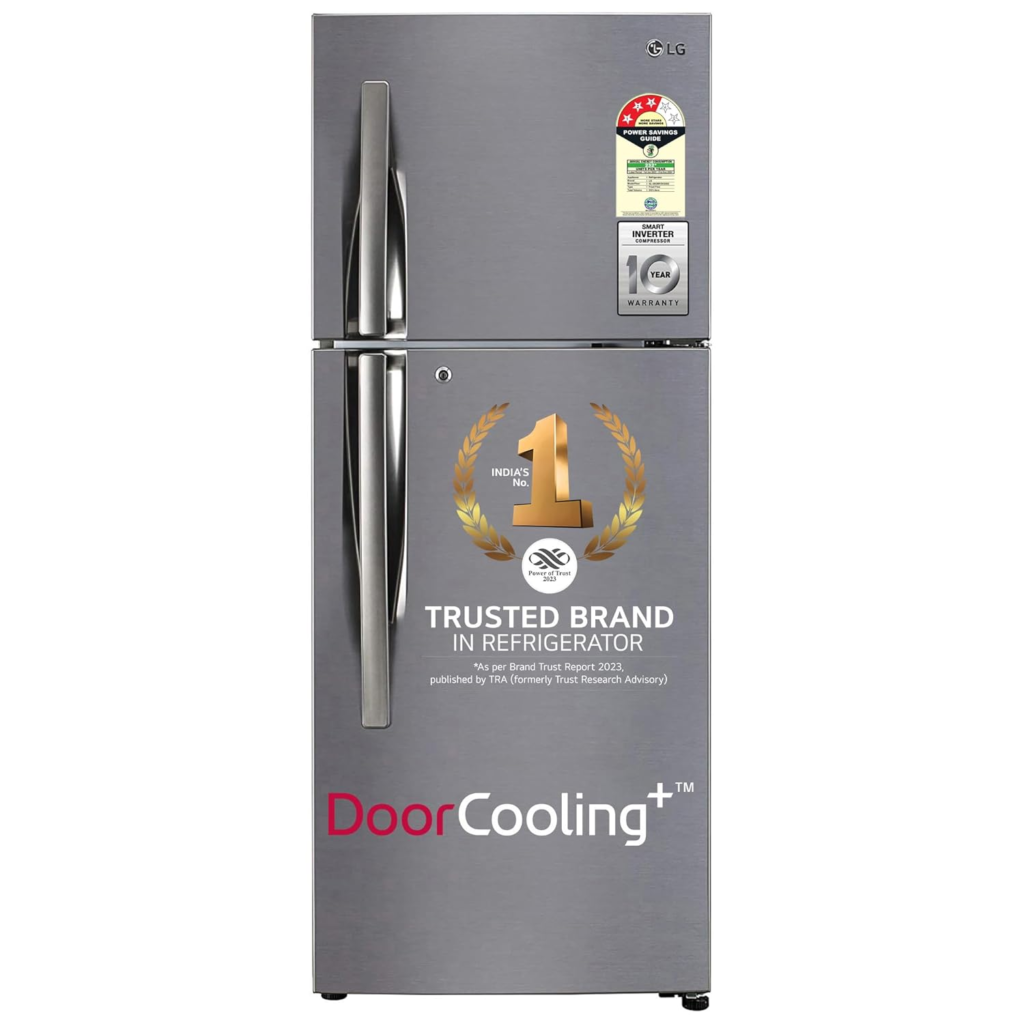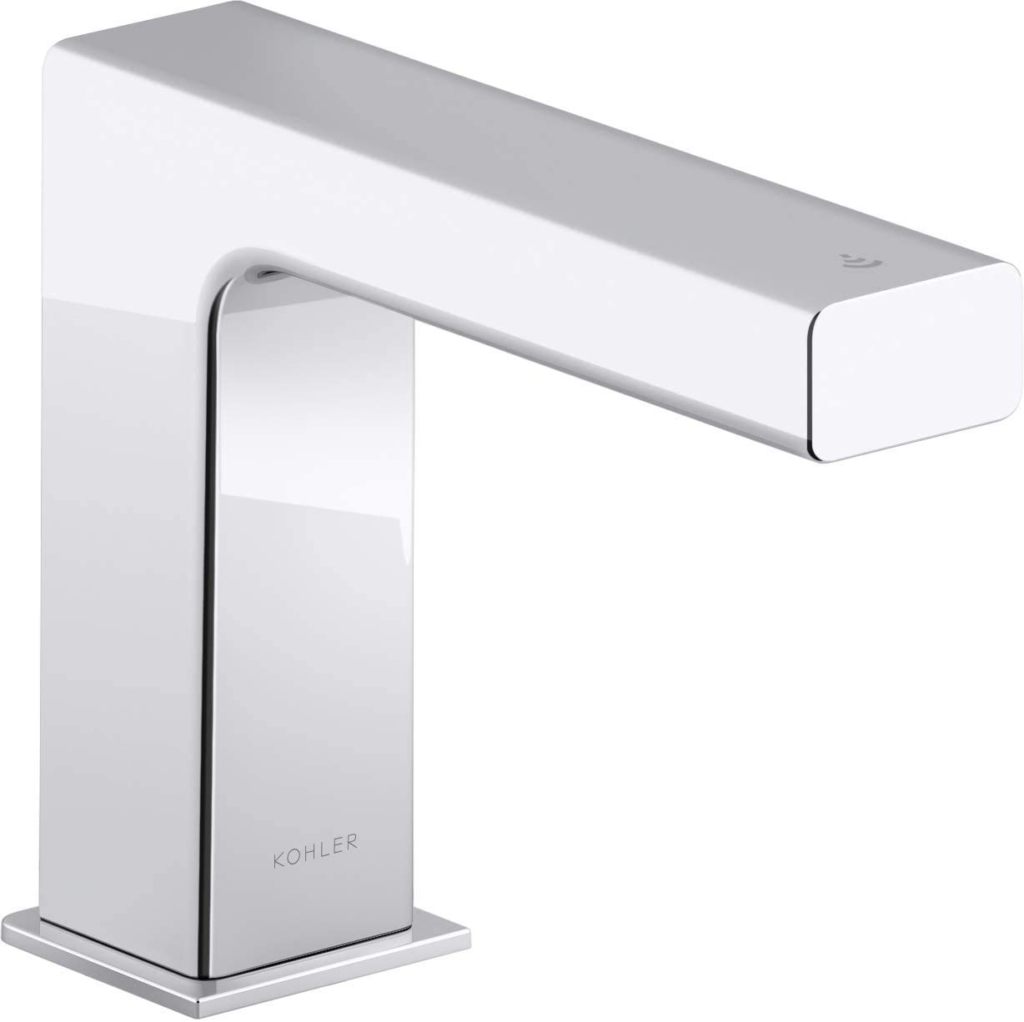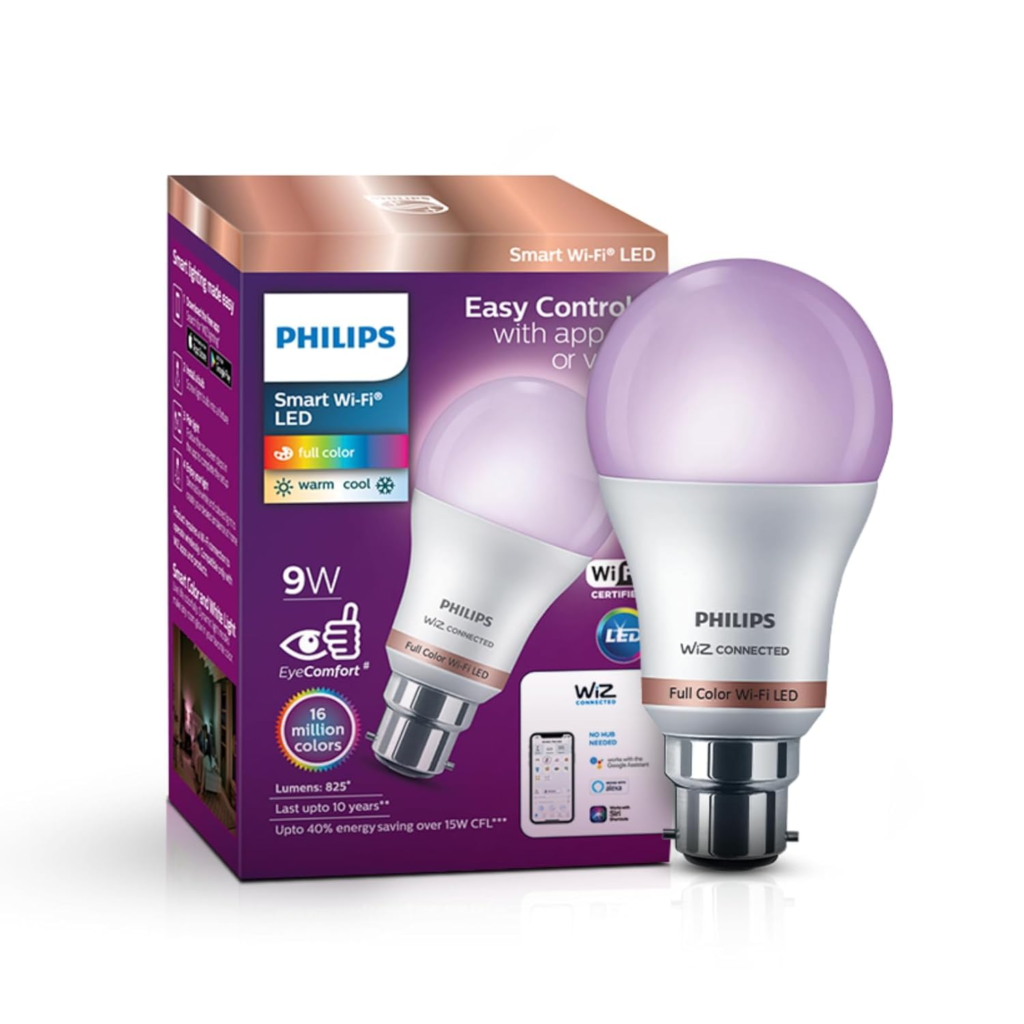In an era defined by climate change and resource depletion, sustainable living is no longer a trend it’s a necessity. And at the heart of every home lies the kitchen, a space that consumes significant water, electricity, and raw materials. That’s where Sustainable Kitchen Design comes in marrying style, efficiency, and eco-consciousness to build the kitchens of the future.
This guide explores what makes a kitchen sustainable, how to incorporate eco-friendly features into your space, and the best products to start with in 2025.
1. What Is Sustainable Kitchen Design?
Sustainable Kitchen Design focuses on minimizing environmental impact while maintaining high performance and aesthetic appeal. It includes:
- Use of eco-friendly materials
- Energy- and water-efficient appliances
- Waste reduction and recycling systems
- Long-lasting, timeless design to reduce renovations
2. Eco-Friendly Building Materials:-
One of the easiest ways to create a sustainable kitchen is to choose renewable, recyclable, or reclaimed materials.
Top Sustainable Material Choices:
- Bamboo: Renewable, strong, and stylish
- Recycled Glass: Used in countertops and backsplashes
- Reclaimed Wood: Adds warmth and rustic character
- Low-VOC Paints: Improve indoor air quality
These choices not only reduce your carbon footprint but also give your kitchen a unique, natural feel.
3. Energy-Efficient Appliances:-
The kitchen is the highest energy-consuming area in most homes. Opting for energy-efficient appliances reduces electricity bills and your carbon footprint.
Energy Star-Rated Appliances to Consider:
- Induction cooktops
- Inverter refrigerators
- Convection ovens
- Energy-saving dishwashers
Amazon Pick:
LG 260 L 3 Star Smart Inverter Refrigerator

These appliances use intelligent technology to reduce waste and maximize efficiency perfect for a green kitchen.
4. Water-Saving Fixtures:-
From washing vegetables to cleaning dishes, the kitchen can waste hundreds of liters of water a week. Smart plumbing solutions help reduce unnecessary usage.
Water-Saving Solutions:
- Touchless faucets
- Aerators that reduce flow without sacrificing pressure
- Dual-basin sinks for reuse of rinse water
Amazon Suggestion:
Kohler Kumin Touchless Kitchen Faucet (Sensor Enabled)

5. Eco-Friendly Lighting Options
LEDs are up to 80% more efficient than traditional lighting. Add motion sensors or timers to maximize energy savings.
✅ Amazon Pick:
Philips Wiz Smart Wi-Fi LED Bulb (9W)

Sustainable lighting not only saves electricity but enhances the ambiance of your kitchen design.
6. Built-In Recycling and Composting:-
Make sustainability part of your kitchen’s structure. Create designated spaces for:
- Waste sorting bins (recyclables, organics, landfill)
- Composting units under the sink
- Reusable storage containers for dry goods and leftovers
7. Low-Waste, Long-Lasting Design:-
Invest in quality over quantity. A durable kitchen that resists trends and functions for decades is more sustainable than one that needs renovation every 5–7 years.
Tips for Low-Waste Kitchen Design:
- Use modular cabinets that are repairable
- Avoid flashy trends; stick to neutral tones and timeless finishes
- Choose hardware and surfaces that are corrosion-resistant and easy to clean
8. Add Plants for Clean Air & Aesthetic
A few well-placed indoor plants can purify air, regulate humidity, and add life to your kitchen.
Best Plants for Kitchens:
- Aloe vera
- Snake plant
- Basil (doubles as a cooking herb)
Pair earthy colors with greenery for a calming, natural look.
9. Embrace Minimalism
Less is more. A clutter-free, organized kitchen:
- Encourages mindful cooking
- Reduces the urge to buy disposable items
- Makes sustainable living easier to maintain
FAQs: Sustainable Kitchen Design
Q1. What is the most eco-friendly countertop material?
A: Recycled glass, bamboo, and reclaimed wood are highly sustainable and durable.
Q2. Can I make my existing kitchen more sustainable without a full renovation?
A: Yes start by switching to energy-efficient appliances, LED lighting, and low-VOC materials.
Q3. Is bamboo a good material for kitchen furniture?
A: Absolutely. It’s fast-growing, durable, and eco-friendly.
Q4. How do I know if an appliance is energy-efficient?
A: Look for the Energy Star label or check for inverter technology and consumption ratings.
Conclusion
Sustainable Kitchen Design isn’t just a lifestyle it’s a commitment to healthier living, lower energy bills, and a greener planet. By integrating thoughtful design, eco-conscious materials, and efficient technology, you can future-proof your kitchen and make a real environmental impact in 2025 and beyond.
Shop More On:-
Shop more Kitchen Ware Products from our website Kitchencrafter.in.
For our latest blog visit kitchencrafter blog page